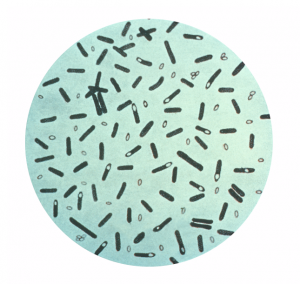Waterfowl Deaths Warming Lakes Linked

Researchers at the UW Madison found that tissue in a majority of dead waterfowl found at three locations around Lake Michigan contained botulism toxin. They just published their findings in the Journal of Applied Ecology. These deaths followed warm water algae blooms where counts of botulism producing bacteria (Clostridium botulinum) spiked.
According to the USGS Field Manual of Wildlife Diseases, “Most botulism outbreaks take place during the summer and fall when ambient temperatures are high.”
Lake Michigan waterfowl botulism deaths linked to warm waters, algae
Wildlife Study
Professor Ben Zuckerberg led the research into botulism deaths in Great Lakes waterfowl.

Invasive zebra mussels have increased water clarity which along with warmer waters temperatures created the low-oxygen environment where the botulism toxin-producing bacteria thrive.
Birds do not use bacteria as a food source, however, they eat the insects and other invertebrates that do. According to the USGS “Invertebrates are unaffected by the toxin and, because they feed on decaying matter, they can effectively act to concentrate toxin.” That is how birds get lethal doses of the botulism bacteria.
To keep track of these deaths, the USGS National Wildlife Health Center created a citizen-science program called AMBLE (Avian Monitoring for Botulism Lakeshore Events) in 2010. Volunteers from AMBLE walked beaches in three areas around Lake Michigan.
The Zuckerberg team also found that die-offs were located within a roughly 25-mile radius of one another.
These findings are no surprise to anglers and duck hunters on the Upper Mississippi. Rafts of cutes have been washing up on Mississippi dams along the State’s western border for several years now. There too toxicology reports show botulism as the cause.
Looking Forward
The hope is that scientists may be able to predict when botulism outbreaks could occur by watching environmental conditions.
